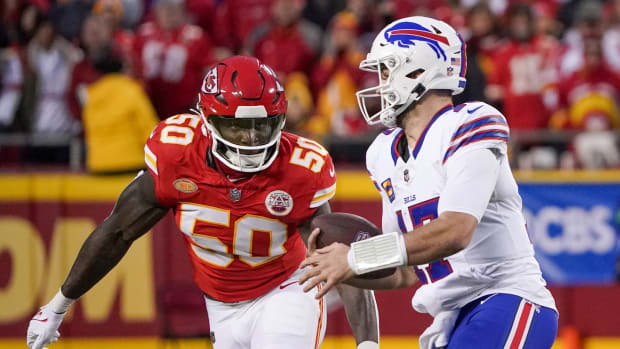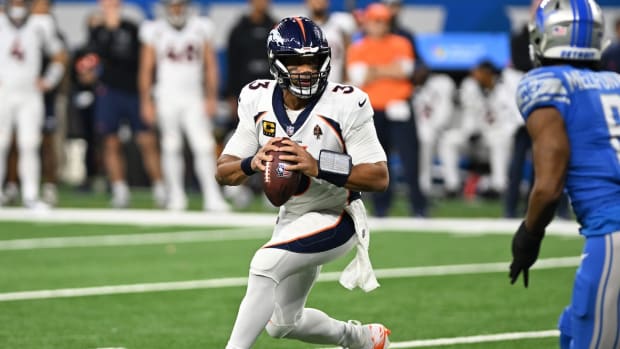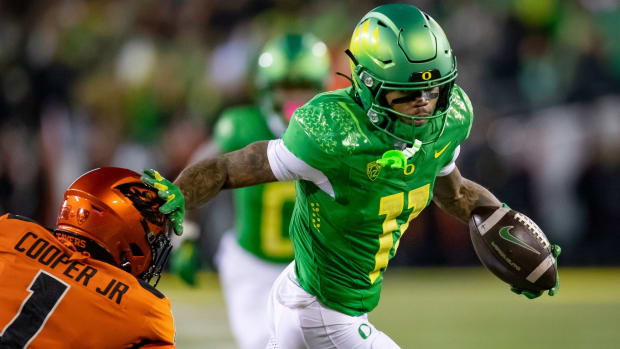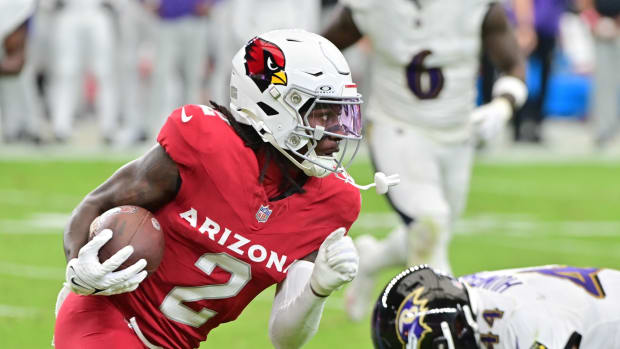
2017 NFL draft prospect countdown, No. 13: Christian McCaffrey, RB, Stanford
What you need to know: In 2015, McCaffrey rushed for 2,019 yards and gained 3,601 all-purpose yards—setting the Pac-12 record—which was good enough to finish second in Heisman voting, fewer than 300 points behind winner Derrick Henry.
By comparison, 2016 was viewed as a bit of a disappointment. He still racked up 1,603 yards rushing and a career-high 16 touchdowns—not bad for a “down” year. His numbers would have been even higher had he not missed two games with a hip injury, and he also opted to sit out Stanford’s bowl game to prepare for the draft. But prior to Stanford’s bowl trip, McCaffrey was electrifying. Over the final five games of his college career, he averaged 198.2 yards on the ground and scored 12 combined touchdowns (rushing and receiving).
Strengths: Ever hit the juke button while playing a football video game? Then you know what it looks like when McCaffrey cuts. His stunning change-of-direction talent is just as effective behind the line, when he plants to fire through a lane, as it is in the open field—McCaffrey put defender after defender on his highlight reel in those one-on-one situations.
How impressive an athlete is McCaffrey? Just check the combine numbers: 4.48-second 40-yard dash, 37.5" vertical, 6.57-second three cone, 4.22-second short shuttle. He doesn’t possess an unmatched north-south burst, but combining sub-4.5 speed with his lateral movement makes him the playmaker he is with the ball in his hands.
The shiftiness no doubt played a role in his success as a return man and receiver. He could contribute either spot at the next level, although it’s really in the passing game where he may set himself apart. McCaffrey (5' 11", 202 lbs.) is a natural route runner and hands catcher, so much so that he could wind up seeing a majority of his snaps in the slot, depending on which offense he lands in.
“Something I really pride myself on is not just being a running back that can catch the ball, but if I move out to the slot, I become a receiver,” McCaffrey said. “If I move out to ’X’ or ’Z,’ I become a receiver and not just a running back. I really try to pride myself on route running, catching and being able to be a mismatch anywhere on the field.”
The two sides of Austin Carr, the well-rounded walk-on turned NFL draft sleeper
Dynamic as he is on the perimeter, McCaffrey did ample work at Stanford between the tackles. He doesn’t need much of a crease to clear to the second level, and he runs with the patience to let his blocks unfold.
Weaknesses: Filed under “it is what it is,” we find McCaffrey’s build. He may add some muscle once he hits an NFL weight program, as rookie are wont to do, but his frame’s already pretty well cut. He is not built to be a prototypical 230-lb., bell-cow back. Granted, that did not stop him from carrying a heavy workload at Stanford, but the 672 combined offensive touches he had in 2015–16 might work against him, too—that’s a lot of tread off the tires for a back, and he missed games to injury.
McCaffrey’s side-to-side movement turns any attempt to square him up into quite the endeavor, but he’s also not going to lower his shoulder and move the pile much. The strength again comes into play when McCaffrey is asked to block, although those moments should be few and far between given how dangerous he is as a receiving threat.
The McCaffrey negatives are nitpicking based on style preference. If a team wants a power back to grind out carries, it ought to look elsewhere. If it wants a versatile player built for the modern game, McCaffrey has to be near the top of the list.
Player comp: LeSean McCoy




































